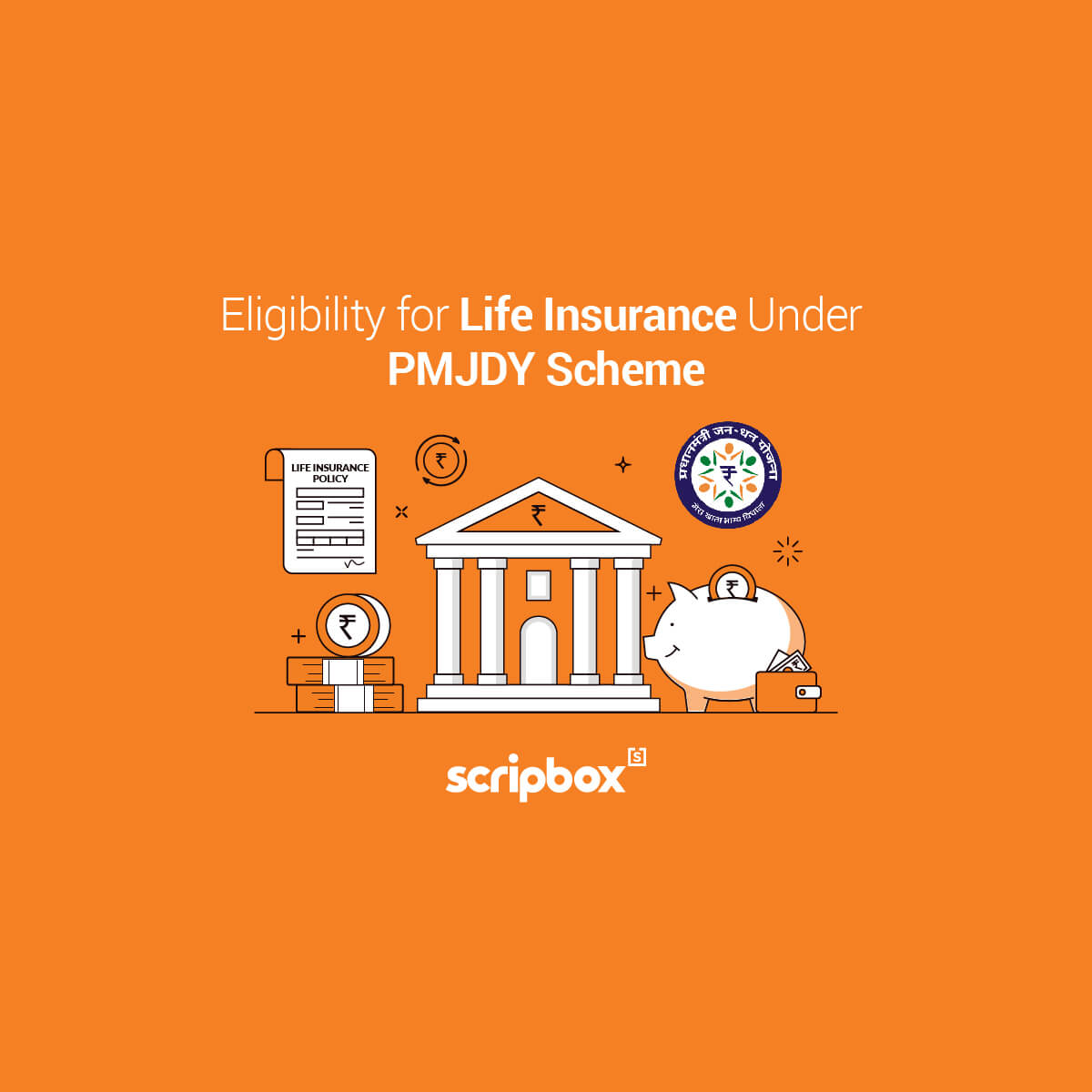Growing urbanisation is neither desired nor sustainable. So far, our professional higher education institutions have mostly served the mainstream industrial sector. Furthermore, with a few exceptions, it has made little direct contribution to the growth of the rural sector. Unnat Bhrat Abhiyan (UBA) is an important and difficult initiative in this direction.
What is Unnat Bharat Abhiyan in India?
Unnat Bharat Abhiyan was conceived by a group of devoted faculty members from the Indian Institute of Technology (IIT) Delhi. It had been working in the area of rural development and appropriate technology for a long time. During a National workshop held at IIT Delhi in September 2014, representatives from a number of technical institutes, Rural Technology Action Group (RuTAG) coordinators, voluntary organizations, and government agencies actively involved in rural development activities were consulted extensively.
The event was funded by the Ministry of Rural Development’s Council for Advancement of People’s Action and Rural Technology (CAPART). On November 11, 2014, the Ministry of Education (MoE) formally launched the program in the presence of India’s President. The Ministry of Education (MoE) was previously known as the Ministry Human Resource Development (MHRD).
Vision and Mission of The Unnat Bharat Abhiyan
The vision of Unnat Bharat Abhiyan is to bring about transformative change in rural development. It achieves its vision by using knowledge institutions to assist in the construction of an inclusive India’s architecture.
Unnat Bharat Abhiyan’s mission is to enable higher educational institutions to collaborate with rural Indians. Such collaboration will help in identifying development concerns and developing appropriate solutions for increasing long-term progress. It also aspires to build a virtuous loop between society and an inclusive academic system. This can be achieved by providing knowledge and practises for growing professions and upgrading the public and private sectors’ skills in responding to rural India’s development requirements.
Goals of the Unnat Bharat Abhiyan
- To promote a better grasp of the development agenda in higher education institutions, as well as institutional capacity and training that is relevant to national needs, particularly those of rural India.
- Reiterate the importance of fieldwork, stakeholder interactions, and design for social goals as the foundation of higher education.
- To emphasize the importance of thorough reporting and meaningful outputs in the development of new professions.
- To give rural India and regional agencies access to the professional resources. Such as higher education institutions, particularly those that have achieved academic distinction in science, engineering, and technology, as well as management.
- As a result of this research, we hope to improve development outcomes. To create new professions and methods for sustaining and absorbing research findings.
- Fostering a new conversation on science, society, and the environment within the greater community, as well as developing a feeling of dignity and collective destiny.
What is Unnat Bharat Abhiyan 2.0?
Unnat Bharat Abhiyan 2.0, an updated version of Unnat Bharat Abhiyan 1.0, was introduced by the government in 2018. The Unnat Bharat Abhiyan 2.0 is the Ministry of Human Resource Development’s main program (MHRD). However, the National Coordinating Institute for the UBA 2.0 is still the IIT Delhi.
Under the UBA 2.0, 688 institutions are chosen on a Challenge Mode basis. It includes 426 technical and 262 non-technical reputable Higher Educational Institutes across the country. These institutions are both privately owned and government establishments. Through the UBA scheme, these HEIs have adopted a total of 3,555 communities for development.
The ability of Regional Coordinating Institutes and Subject Expert Groups to guide and assist member institutions has been expanded. Many of the collaborating institutes spoke with the villagers, did household surveys, and developed action plans. Through public participation, the concerns and obstacles have been recognized. The Gram Sabhas will ratify and implement these action plans.
The UBA 2.0 comprises two major domains for the holistic development of villages that necessitates integrated development. It comprises of the following 2 major components:
| Human Development | Material – Economic Development |
| Health | Organic agriculture and cow-based economy |
| Education and culture | Water management and conservation |
| Values and perception development | Renewable energy source |
| Skills and entrepreneurship | Artisans and rural industries |
| Development and harnessing of local natural resources | |
| Basic amenities | |
| E-support (IT – enabling) |
Organisational Structure of Unnat Bharat Abhiyan
To generate a tangible beneficial impact, it is necessary to establish a sufficient structural network. Such a network must involve a significant number of nodal institutions and a proper mechanism. The mechanism will guide to plan, execute, and monitor the activities on a regular basis in order to conduct such an ambitious program countrywide. Facilitating synergistic collaboration between pertinent ministries, local Panchayat Raj Institutes (PRIs), volunteer groups, and UBA participants is also critical. The following structure has been conceptualised for this goal and is being built in stages.
Sponsoring Ministry – MoE
The Ministry of Education will give basic financing for building and running UBA cells of CI, MIs, and PIs. The MOE will fund for orienting UBA teams to enable successful participation, i.e. establishing and running UBA cells of CI, MIs, and PIs. The Ministry of Education will also be responsible for providing the necessary funding for topic expert groups to prepare resource materials, training workshops, and other activities. A rural cluster (about 5 villages) should be identified by the UBA cell in an institute for development activities. The Ministry of Education (MoE) will provide base-level financing to put up the required infrastructure and people for the mentoring’s UBA Cell as well as the participating institutions.
National Steering Committee (NSC)
The Ministry of Education (MoE) has formed an empowered Steering Committee to oversee the program’s execution, supervision, and monitoring at the national level. Dr. Vijay P. Bhatkar, an eminent scientist and rural development advocate, has been named Chairperson of the National Steering Committee (NSC), which includes stalwarts such as Dr. Mashelkar (Ex-Director General, CSIR), Dr. Ved Prakash (Ex-Chairman, UGC), and Dr. Sahasrabudhe (Chairman, AICTE), among others. The NSC held its first meeting on April 29, 2016, at IIT Delhi, and it was decided that the NSC would convene quarterly to provide direction and push to the initiative. The NSC will receive regular reports from the coordinators of the general coordinating institution, mentoring institutes, and subject expert groups.
Coordinating Institute (CI)
The Coordinating Institute (CI) for the Unnat Bharat Abhiyan has been named IIT Delhi (UBA). IIT Delhi has taken the lead in organizing a number of consultation workshops and seminars in this capacity. It has formed the UBA Cell, which consists of an Advisory Committee, an Executive Committee, and a Core Working Group of roughly forty faculty members recruited from the institute’s numerous departments and centers. The UBA initiatives are being completely supported by the Centre for Rural Development and Technology (CRDT) and the RuTAG group of IIT Delhi. It has also identified a few rural clusters for direct involvement and is in the process of forming partnerships with a variety of institutions and non-profits.
The coordinating institute’s principal function will be to encourage mutual interaction, consultation, responsibility distribution, and active connection between mentoring institutions, subject expert groups, and the Ministry of Education (MoE). It will also work closely with the NSC on funding distribution and other facilitating measures to ensure the UBA program’s effective and smooth operation, as well as its nationwide expansion. This coordinating task will, of course, be carried out in tandem with the Institute’s main responsibilities of direct cluster intervention and favourable ethos development.
Mentoring Institutions (MIs)
Beyond their marginal connection through National Service Scheme (NSS) activities, the bulk of professional institutions now lack prior experience, procedure, or expertise for significant interaction in the rural development process. However, a few prestigious schools (e.g., IISc Bangalore, IIT Mumbai, IIT Delhi, and IIT Kharagpur) have been actively involved in the development and diffusion of relevant technologies in rural areas, collaborating with non-profit groups and government agencies. These colleges have also built rural technology and development centers. As a result, they have the requisite experience and resources to serve as Mentoring Institutions (MIs), assisting other participating institutions in their area.
Subject Expert Groups (SEGs)
The apex committee proposed that nationwide subject expert groups (SEGs) be formed in these specialized areas in order to generate the essential resource material, including the vision, intervention technique, prospective technology, and success stories in the specific areas of interventions. Initially, ten broad subject areas were tentatively designated, and specific institutions were nominated to coordinate the activity of forming SEGs, which would bring together experts from academia, industry, and field organizations with extensive experience in applied R&D and successful field intervention in these areas.
Twelve topic expert group themes, with coordinators and coordinating institutes, were finalised. This expert group was finalised in the workshop conducted in November 2015 at IIT Delhi after extensive brainstorming with prospective coordinators. The SEGs will be in charge of creating all of the essential resource material for all of the UBA cluster teams. These specialists will also lead training courses and provide new suggestions.
Participating Institutions (PIs)
All participating institutions (PIs) are expected to form a UBA Cell, which will be in charge of carrying out the UBA’s activities. This will entail the formation of an active working group made up of motivated faculty members from a variety of fields. There will be an Executive Group and a local advisory committee to advise and monitor the work of the UBA Cell in each institution (which will be chaired by the Head of the Institution).
A UBA cell’s major job will be to establish links with selected rural clusters, participate in the planning process, and advocate the necessary S&T interventions to improve and expedite development efforts in such clusters. A UBA cell, on the other hand, will be in charge of developing the competence of its working group through appropriate orientation, training, and the creation of an appropriate ethos within the institution toward indigenous and sustainable rural development, as well as initiating necessary curricular changes and other facilitating measures. The corresponding mentoring institutions in each region will facilitate and mentor all participating institutions in their efforts.
State Nodal Officers
Secretaries The State Nodal Officer will be the person in charge of higher education/technical education in all state governments. They will be in charge of coordinating and overseeing interactions between institutions and PRIs/District Administration. They will coordinate the effort at the state level by bringing together the state’s Panchayati Raj and Rural Development, SC and ST Development, Drinking Water, Agriculture, Animal Husbandry, Power, Information Technology, and Science and Technology Departments to develop a plan of action for the state.
Eligibility Criteria for Joining the Unnat Bharat Abhiyan
The following is the eligibility criteria to join the UBA in India:
- The college must be an Indian Higher Educational Institute.
- The Higher Educational Institution must have an AISHE Code.
- The Higher Educational Institution should be willing to participate in initiatives related to rural development.
- The Higher Educational Institution should be willing to identify at least 5 villages in their vicinity.
- The Higher Educational Institution should have at least 2 faculty members willing to be involved with development activities in rural areas.
- The UBA Joining application received shall be ranked on the basis of selection criteria setup by the ministry. The institutions that meet the eligibility criteria, will be selected under UBA.
Discover More
- Pradhan Mantri Jan Arogya Yojana (PMJAY)
- Pradhan Mantri Vaya Vandana Yojana (PMVVY)
- Pradhan Mantri Suraksha Bima Yojana
- Saksham Yuva Yojana
- Samarth Scheme
- PMMVY
- Pradhan Mantri Awas Yojana (PMAY)
- PM Kisan Samman Nidhi Yojana
- Pradhan Mantri Kaushal Vikas Yojana (PMKVY)
- Pradhan Mantri Jeevan Jyoti Bima Yojana
- Multiplier Grants Scheme
- Ujala Scheme
- Pradhan Mantri Jan Dhan Yojana (PMJDY)
- Atal Pension Yojana (APY)
- Pradhan Mantri Shram Yogi Mandhan
- DDU-GKY
- Startup India Scheme
- Antyodaya Anna Yojana (AAY)
- Pradhan Mantri Adarsh Gram Yojana
- Aspire Scheme
- Pradhan Mantri Ujjwala Yojana (PMUY)
- Credit Guarantee Scheme For Startups
- Startup India Seed Fund Scheme
- Pradhan Mantri Yuva Yojana (PMYY)
- Pradhan Mantri Kaushal Kendra (PMKK)
- Stand Up India Scheme
- ECLGS Scheme
- Unnat Bharat Abhiyan
- Digital India Scheme
- Sankalp Scheme
- Samagra Shiksha
- Skill India
- Deen Dayal Upadhyaya Antyodaya Yojana (DAY)
- Credit Guarantee Scheme for MSE (CGSMSE)
- Confused if your portfolio is performing right enough to meet your goals?
- How long have you been investing in mutual funds?
- What is your current portfolio size?
- What is your approximate annual household income?
- Your profile does not qualify for a call with a Financial Expert.
- What is Unnat Bharat Abhiyan in India?
- Vision and Mission of The Unnat Bharat Abhiyan
- Goals of the Unnat Bharat Abhiyan
- What is Unnat Bharat Abhiyan 2.0?
- Organisational Structure of Unnat Bharat Abhiyan
- Eligibility Criteria for Joining the Unnat Bharat Abhiyan




























Show comments